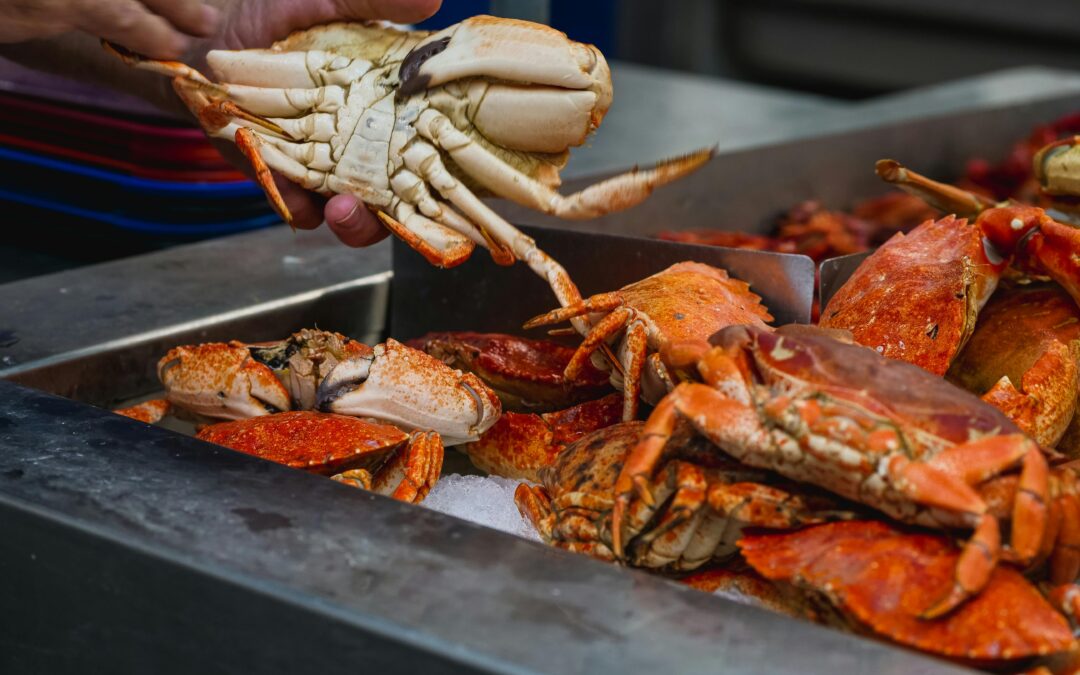Imitation crab, also known as surimi, is a convenient and affordable seafood alternative enjoyed in numerous dishes worldwide. From salads and appetizers to pasta and sushi, its versatility makes it a pantry staple for many. However, understanding its shelf life, especially after opening, is crucial to ensure food safety and prevent waste. This comprehensive guide will explore how long opened imitation crab lasts, providing practical tips and advice to maximize its freshness and minimize the risk of spoilage.
Factors Affecting Imitation Crab Shelf Life After Opening
The longevity of opened imitation crab is influenced by several factors. Proper storage plays a critical role, as improper techniques can significantly shorten its shelf life and increase the risk of bacterial growth. The initial quality of the product also matters; if the imitation crab was already nearing its expiration date before opening, it will naturally spoil faster. Finally, environmental conditions such as temperature fluctuations can impact its freshness.
The Impact of Storage Temperature
Refrigeration is paramount to extending the shelf life of opened imitation crab. Keeping it at or below 40°F (4°C) significantly inhibits bacterial growth, a major contributor to spoilage. Leaving it at room temperature, even for a short period, drastically increases the risk of bacterial contamination and accelerates the decomposition process. Always refrigerate opened imitation crab immediately after use.
The Role of Proper Packaging
The type of container used for storage affects the imitation crab’s lifespan. Transferring the imitation crab from its original packaging to an airtight container helps maintain its quality and prevent it from drying out or absorbing odors from other foods in the refrigerator. Using a resealable container or plastic wrap that tightly adheres to the surface will further limit air exposure. Avoid using loosely fitting containers or open dishes.
How Long Does Opened Imitation Crab Last in the Refrigerator?
Generally, opened imitation crab stored properly in the refrigerator will last for 3 to 5 days. This timeframe is a guideline, and the actual shelf life may vary based on the factors discussed earlier. Always visually inspect the imitation crab before consumption. Look for signs of spoilage, such as a foul odor, slimy texture, or discoloration. Any of these indicators suggests the crab has gone bad and should be discarded immediately.
Extending the Shelf Life Through Freezing
For longer storage, freezing opened imitation crab is an excellent option. Before freezing, ensure it’s properly sealed in an airtight freezer bag or container to prevent freezer burn and maintain its quality. Frozen imitation crab can typically last for 2 to 3 months, though the taste and texture might slightly degrade after extended freezing. Remember to thaw it safely in the refrigerator before consuming it.
Recognizing Spoiled Imitation Crab
Identifying spoiled imitation crab is crucial to prevent foodborne illness. The most prominent signs include an unpleasant smell—a fishy or sour odor is a strong indication of spoilage. The texture should remain firm and slightly moist; a slimy or sticky texture signals bacterial growth. Discoloration, particularly turning darker or developing unusual spots, is another warning sign. If you notice any of these signs, discard the imitation crab without hesitation.
Best Practices for Handling and Storage
To maximize the shelf life of imitation crab, handle it with care. Always wash your hands thoroughly before and after handling the product. Use clean utensils and avoid cross-contamination with other foods. When storing, keep the container away from strong-smelling items to prevent flavor absorption. Rotate your stock, using older packages before newer ones, to minimize waste.
Using Leftover Imitation Crab
Leftover imitation crab doesn’t have to go to waste! Incorporate it into various dishes to avoid discarding it prematurely. It makes a great addition to omelets, frittatas, or quiches. Add it to salads, pasta dishes, or even create a delicious crab dip. Getting creative with your leftovers is an excellent way to reduce food waste and enjoy the flavor of the crab in new and exciting ways.
Beyond Refrigeration: Freezing and Other Options
While refrigeration is the most common method for storing opened imitation crab, freezing offers longer-term preservation. Freezing slows down bacterial growth and significantly extends the shelf life, allowing you to enjoy the product for several months. However, keep in mind that the texture might slightly change after thawing, but the flavor should remain relatively intact. Remember to label and date your freezer bags for easy tracking.
Conclusion: Prioritize Safety and Freshness
Understanding how long opened imitation crab lasts is vital for food safety and reducing waste. By following these guidelines on proper storage, handling, and recognition of spoilage signs, you can ensure that you enjoy this versatile seafood alternative safely and deliciously. Remember, prioritizing proper refrigeration and promptly addressing any signs of spoilage are key to maintaining food safety and preventing illness. Always err on the side of caution; when in doubt, throw it out!

